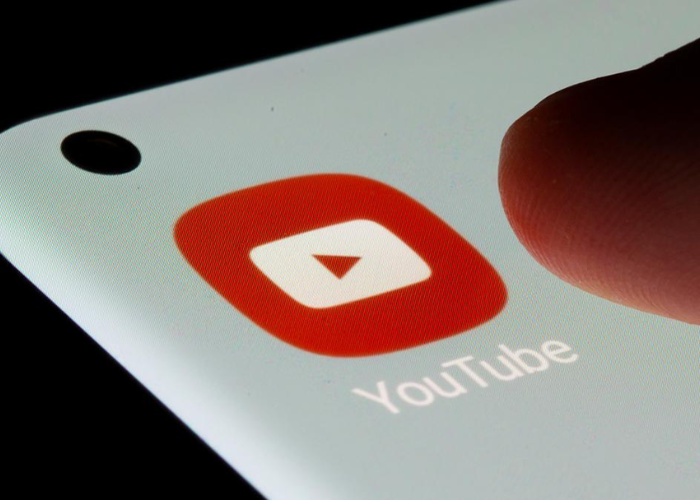The Ministry has recently announced a ban on fake Youtube channels that mislead users. This comes as a response to the growing number of cases of users being taken advantage of by these fake channels.
What is Fake YouTube Channels?
Fake YouTube channels are online accounts that are created for the purpose of deceiving viewers and/or misinforming them. These channels often have fake or misleading titles, descriptions, and thumbnails that are designed to make them appear more attractive or credible than they actually are. In addition, many of these channels will post content that is either plagiarized from other sources or completely fabricated.
The Ministry of Information and Communications Technology (MICT) has recently announced a ban on such channels in an effort to protect viewers from being misled by these deceptive accounts. The ban will include both the creation and propagation of such channels, with violators facing severe penalties. This move is intended to ensure that viewers have access to only reliable and authentic information on YouTube.
How Fake YouTube Channels Mislead Users
Fake YouTube channels have become a growing concern in recent years. They often appear legitimate, but are instead created to mislead viewers and extract money or personal information. The Ministry of Communications recently announced a ban on all fake YouTube channels, saying they can be extremely detrimental to users.
Fake YouTube channels often feature content that appears to be real, but is instead designed to lure unsuspecting viewers into clicking on ads or links that lead to malicious websites or downloads. Many of these channels also feature misleading information about products or services, or contain malicious code that can infect a user’s device when clicked. The Ministry of Communications noted that these channels are not only detrimental to viewers, but can also damage the reputation of legitimate YouTube creators.
Fake YouTube channels can also be used to spread false information or propaganda. These channels often use sensationalized titles and images to draw viewers in and generate views. Once a viewer has clicked on a video, they are often presented with false or misleading information, or are encouraged to share the video with others. This can be especially dangerous when the content is related to health, finance, or politics.
The Ministry of Communications has taken the initiative to ban fake YouTube channels in order to protect users from being misled or manipulated. They have urged users to use caution when viewing videos, and to report any suspicious content they encounter. They have also started to work with YouTube to remove any fake channels as soon as they are discovered.
The Ministry’s Response to the Neverending Problem
The Ministry of Social Media has officially responded to the neverending problem of fake Youtube channels that mislead users. The Ministry has proposed a ban on all such channels, which have been found to be in breach of the regulations of their respective countries. The Ministry has warned that any further violations of these regulations could lead to legal action being taken against the channel owners. The Ministry has also promised to monitor and investigate any suspicious activity and take strict action against the offenders. The Ministry has also urged users to be extra vigilant when watching videos on Youtube and to only watch content from verified channels. The Ministry has also advised users to use the ‘flag’ option to report any suspicious activity, as this will help them to protect themselves from any potential fraud.
Benefits of a Ban on Fake YouTube Channels
The benefits of a ban on fake YouTube channels are both immediate and long-term. In the immediate term, it would help protect vulnerable YouTube users from being taken advantage of or misled by fake accounts. Fake YouTube channels can contain false or misleading information, and users who are not knowledgeable about the platform may not be able to recognize the difference. A ban on these channels would ensure that users can trust the content they are viewing, and that the information presented is reliable.
In the long-term, a ban on fake channels would help to protect the reputation of YouTube, as well as the millions of legitimate creators who use the platform to share their content. People who use YouTube would also benefit from the ban, as it would provide a platform that is free of misleading information, and where they can trust the content they are viewing.
Potential Challenges of Implementing the Ban
The potential challenges of implementing the ban on fake Youtube channels that mislead users is a complex issue. Firstly, it is difficult to identify which channels are ‘fake’ or ‘misleading’. It is easy for Youtubers to create false identities or use deceptive language in order to mislead users. This can be done through a range of tactics such as providing false information, creating videos that are not genuine, or manipulating the content of videos. Furthermore, Youtube can be used to spread false information, making it difficult to ascertain which channels are legitimate and which are not.
Secondly, once fake channels are identified, enforcing the ban can be a challenge. Youtube’s policies do not explicitly ban channels that mislead users, meaning that it can be difficult to determine which channels should be removed from the platform. Moreover, Youtube has a complex algorithm that takes into account a variety of factors when deciding which videos to feature, making it difficult to identify which videos are being used to mislead users.
Finally, it is possible for those who create fake Youtube channels to continue to do so, even after the ban is implemented. This is because Youtube’s algorithm is constantly changing and evolving, meaning that it is difficult to keep track of which channels are legitimate. Additionally, those who create fake channels may also be able to use other social media platforms or websites to continue to spread misinformation.
Overall, the implementation of the ban on fake Youtube channels that mislead users is a complex issue, with both technical and legal challenges. While the ban may help to reduce the amount of false information on the platform, it is important to remember that it is just one step in tackling the issue of online misinformation.
Conclusion
The Ministry’s ban on fake YouTube channels that mislead users is a step in the right direction. By doing so, it ensures that users are not fooled by malicious actors and can access accurate and reliable content. This will create a more secure online environment for all, and also help to protect the credibility of YouTube as a platform.








Leave a Comment